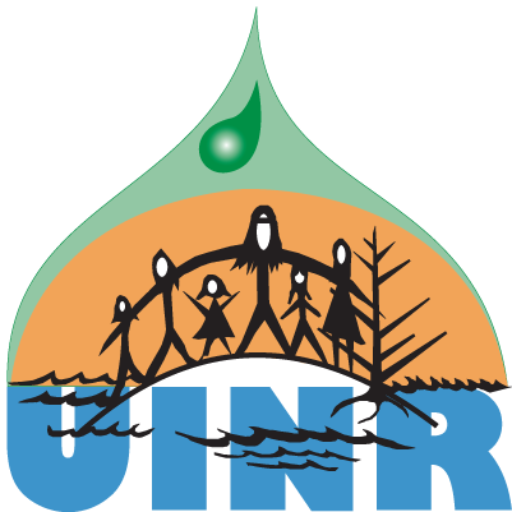Mi'kmaq Youth Elder Council
Watch for updates on the development of a Mi’kmaq Youth Elder Council. A planning session sponsored by UINR and Kwilmu’kw Maw-klusuaqn (KMK ) brings together Nova Scotian Mi’kmaq youth and elders to respond to issues surrounding land, resources, and governance. The Youth Elder Council will provide a mechanism by which traditional knowledge of the Elders … Read More
